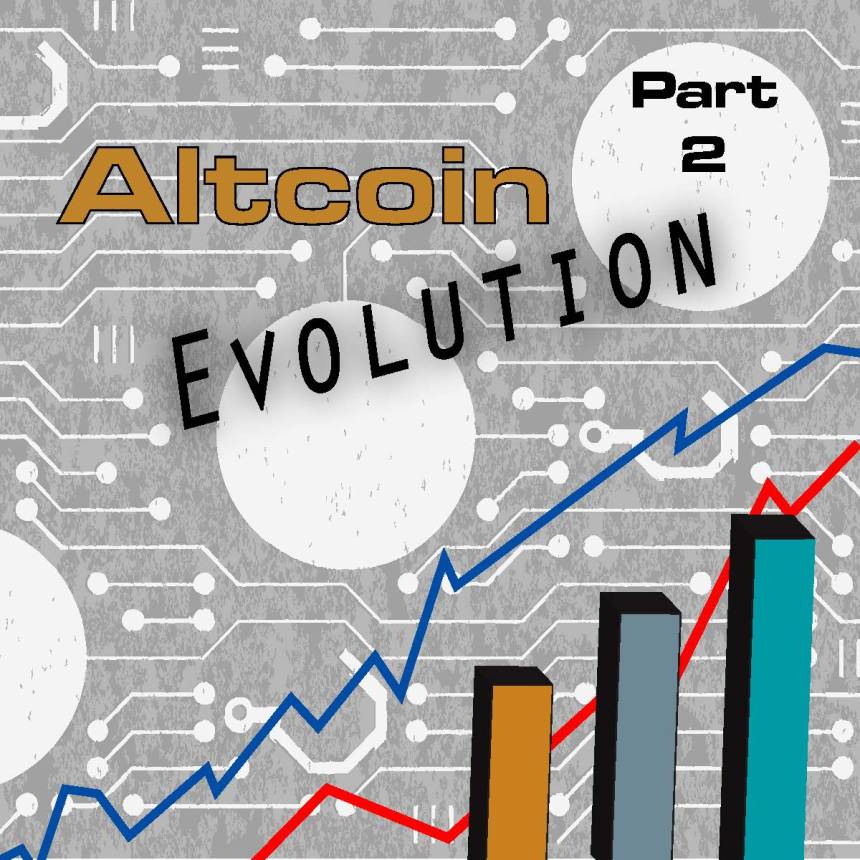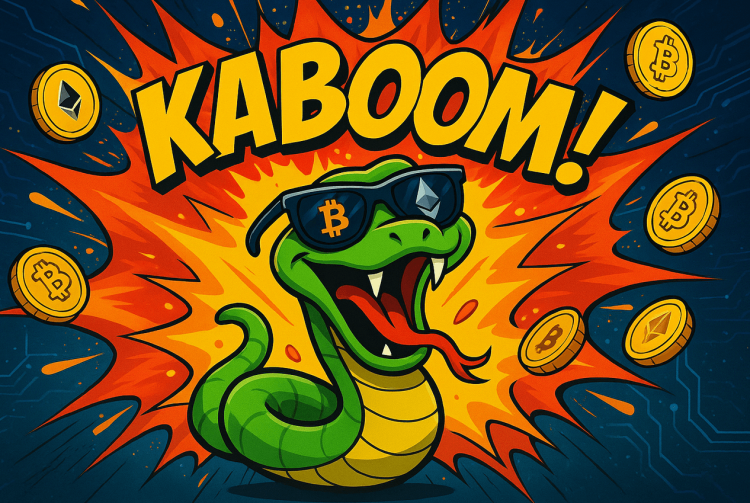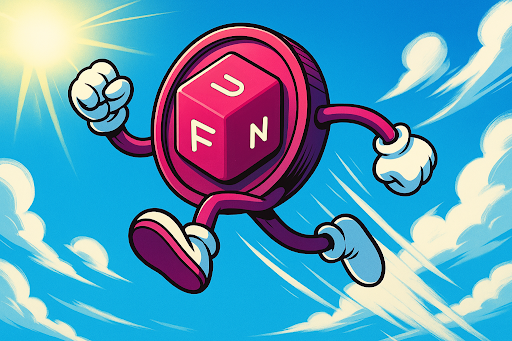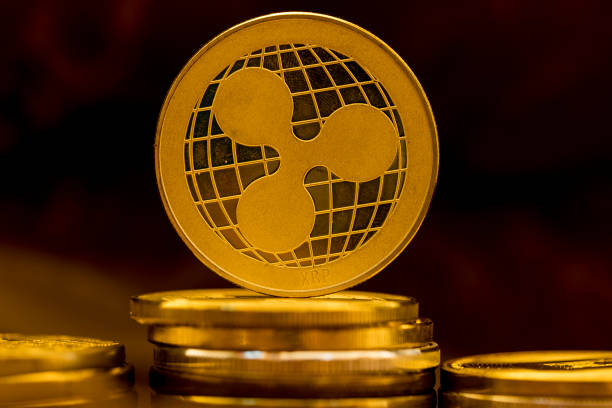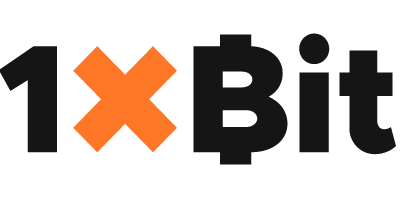Reason to trust

How Our News is Made
Strict editorial policy that focuses on accuracy, relevance, and impartiality
Ad discliamer
Morbi pretium leo et nisl aliquam mollis. Quisque arcu lorem, ultricies quis pellentesque nec, ullamcorper eu odio.
Last week we introduced ‘Altcoin Evolution’, NewsBTC’s latest series discussing the market-wide challenges that altcoins face in coming to market. We’ll take a look at a bird’s eye view of a number of different challenges that altcoins face in the general market, starting first with accessibility.
Our framework in outlining these challenges will generally be presented from a U.S. consumers point of view, as some of the exchanges, projects, etc. may not be accessible yet globally – which speaks to the very nature of the topic at hand. We’ll also be looking at these processes and challenges through the lens of a very casual to intermediate crypto consumer – one who has a solid understanding of the broader landscape, but not necessarily the deep depth of more advanced crypto-native consumers.
Nailing Down The Challenges: Making A Purchase
Undoubtedly the most difficult challenge for emerging projects – those like ECOMI (which we mentioned in last week’s ‘Altcoin Evolution’), or Dapper Labs FLOW token (from the creators of NBA Top Shot), is accessibility. FLOW and OMI tokens typically sit somewhere around the top 100 in market cap, making them big enough to be on the radar but not a substantial threat to become an immediate top 20 token.
Let’s look at the very basics of securing these type of assets. Acquiring the OMI coin, for example, involves setting up an account on Bitforex, Gate.io, or OKEx, all of which are generally lesser known crypto exchanges relative to the mainstream players such as Crypto.com, Binance, Coinbase, FTX, etc.
Our team took the step-by-step process of buying some OMI tokens to compare it to the major exchanges that more casual consumers are frequenting. We utilized Bitforex in this case, due to it’s reliable crypto reputation and ability to offer a generally wider array of altcoins than many exchanges, with over 150 tokens supported. We chose XLM to transfer funds to the Bitforex account to take advantage of lower transfer fees compared to many other major tokens (fees can vary widely amongst different currencies, so it will be wise to do some research as to how to minimize costs when looking at acquiring your desired token).
Certain cryptocurrencies, such as XLM, may require more info than a typical wallet QR code as well. If a TAG/MEMO is supplied, it must be used in order to prevent delays, or even potential loss of transfer funds. You could consider the TAG/MEMO line as an apartment number, whereas the QR code is acting as the apartment building.
One difference here compared to the Coinbase trading process, for example, is that you must first transfer your funds from your Bitforex wallet to a spot/trading account on Bitforex, which allows for instantaneous exchanges on the platform. The next step required that we exchange XLM tokens to Tether, the dollar-pegged stablecoin USDT. After that conversion was complete, we were able to purchase the OMI coin.
As you can see, relative to many of the streamlined purchasing processes that are headlining the mainstream markets, there are a few more hoops to jump through. These extra steps often not seen with simple BTC or ETH purchases on more popular exchanges can impose underrated limitations on potential investors acquiring tokens – be it OMI or otherwise.
At its core, casual consumers are less likely to put in the legwork of learning about the process if they aren’t already familiar.
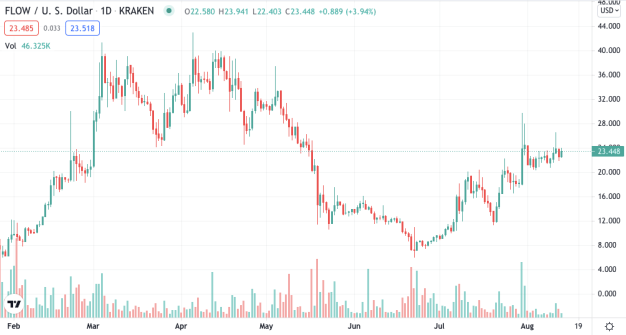
Prominent altcoin FLOW is leveraging premier partners to increase awareness, but the token will need more exchange support to increase consumer accessibility. | Source: FLOW-USD on TradingView.com
Related Reading | Bitcoin Stuck In The Clouds, But Brighter Days Could Be Ahead
The Next ‘Accessible’ Step: How Altcoin Projects Can Appease Major Exchanges
As crypto has gained it’s legitimacy over the years, with that has come policy frameworks for major exchanges in how they go about supporting new tokens.
Let’s look at major crypto exchange Coinbase. The company has historically implemented a core set of standards for crypto asset issuers – centered around conformity to Coinbase core values, technology, compliance, market supply, market demand, and crypto-economics. In January, however, the company introduced the Coinbase Asset Hub.
Just a short time later, in early May, Coinbase posted a guide to listing assets on the exchange on their blog page. Major sticking points that were called out in the blog included source code adherence to industry standards, the degree of centralization (which can dictate the amount of collusion that is possible within the project), and carrying a real and supportable use case (more on this on our next section of ‘Altcoin Evolution’).
Despite this, Coinbase is still looking to streamline the asset listing process even further, too. In a blog post in June, Coinbase CEO Brian Armstrong cited one of three main opportunities for the firm as bringing “more assets to Coinbase, faster.” That message came as the firm announced plans to launch to a DeFi ‘crypto app store’.
Despite these uphill battles around accessibility, the future generally seems to be bright for emerging projects that are looking to increase their exposure. As the broader crypto space grows and matures, exchanges look to streamline their processes – legitimate projects will likely be given the platforms needed to rise to the top.
On next week’s ‘Altcoin Evolution,’ we will review one of those major sticking points that Coinbase calls out in their listing asset guide – use case and value. We’ll look at the importance of these traits and how projects can showcase them.
See you next week!
Related Reading | Polygon Acquires Hermez Network, How They Will Improve Ethereum Scaling Solutions
Charts from TradingView.com, Image courtesy Jerry Sena
